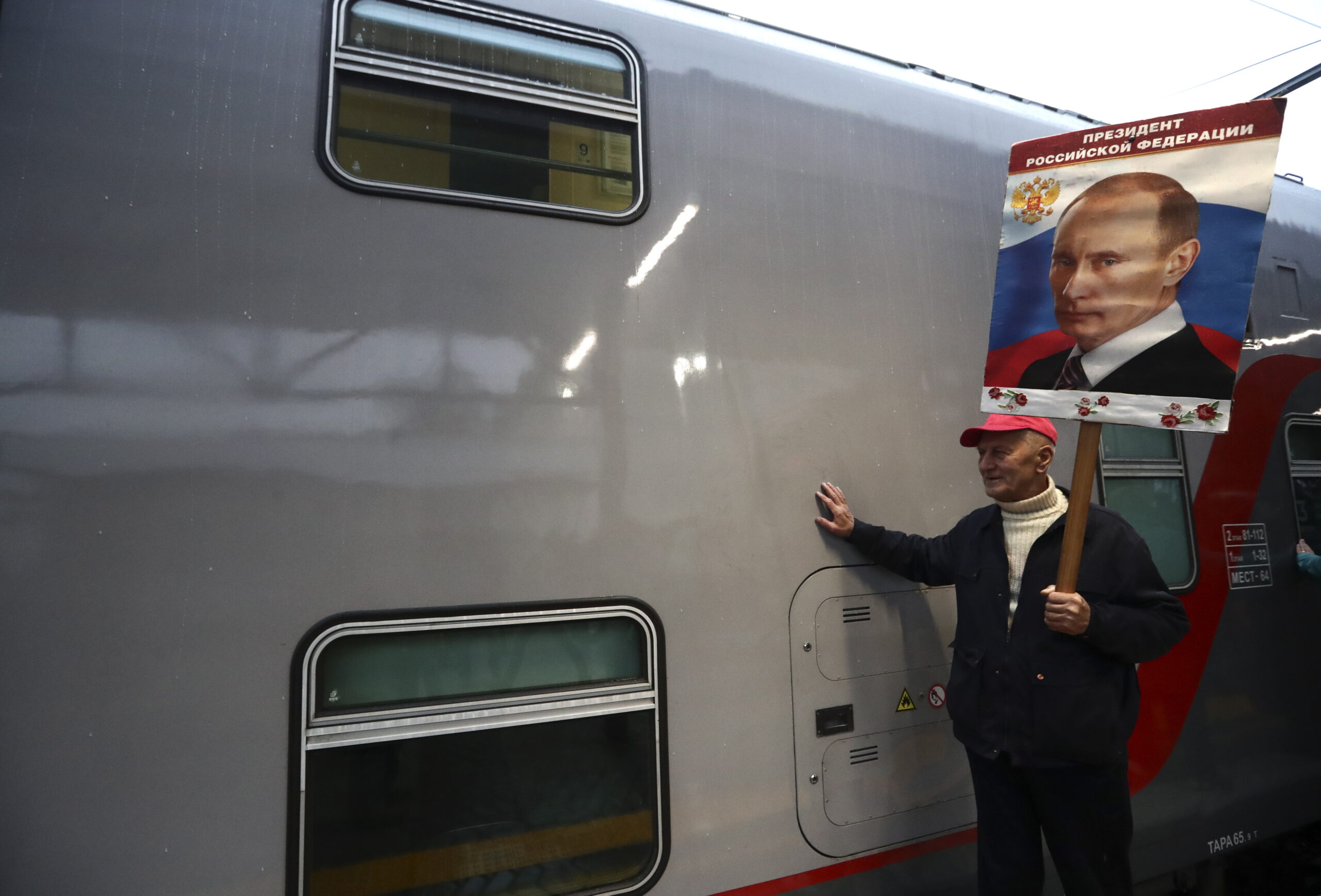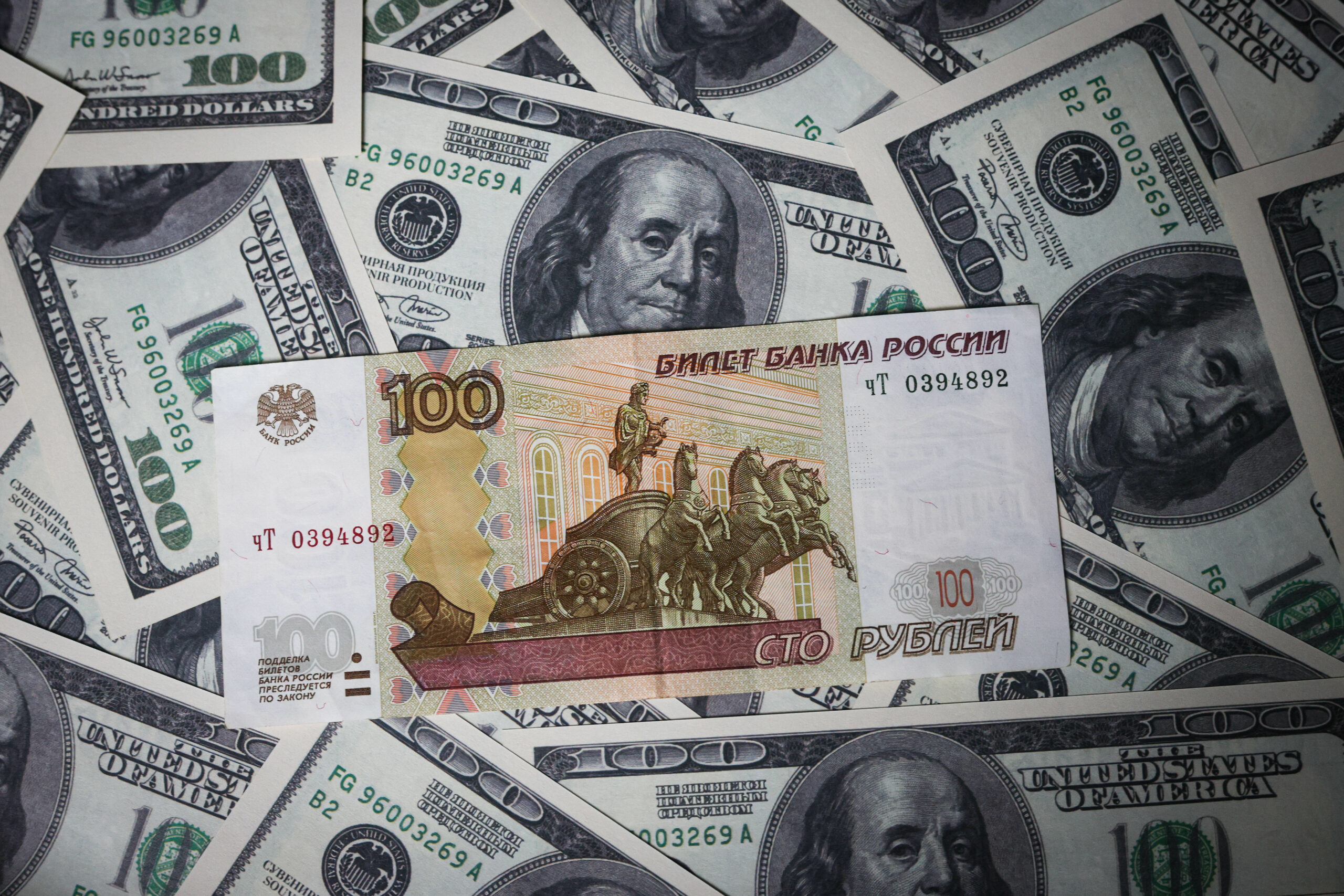In 2022, Russia’s war-induced economic crisis hit the economies of several regions, but the damage was very uneven. Retail trade, for instance, fell sharply in large cities. Elsewhere, Rosstat’s industrial production index suggested a notable decline in regions relying on industries with complex supply chains like machine building and carmaking; similar troubles hit industries that lost export markets like timber production, coal mining or metallurgy. To an extent, this impacted regional budgets already in 2022. Corporate income tax receipts are one of the main sources of so-called own incomes; these started falling in the second half of the year. Most regions closed the year with a slight deficit. On the whole, however, tax receipts and transfers from the federal budget grew sufficiently across the year to ensure that regions would not have to face any major fiscal problems. Expenditure plans were implemented to an extent of 87−98 percent, which can be called standard.
Crucially, while regions faced a growing array of fiscal responsibilities, including assuming financial tutelage over the occupied territories and covering the financial consequences of military mobilization, the federal budget assumed most of the costs of the invasion of Ukraine. This is likely to change in 2023 for two reasons. First, regional tax revenues are going to continue falling for the foreseeable future; second, with the federal budget prioritizing military and security expenses above all else, regional budgets will be expected to assume a bigger share of the costs of the crisis.
Russia’s fiscal policy for 2023 is underpinned by the Presidential Administration’s new narrative about the war, which Putin laid out in his speech ahead of the anniversary of the invasion: namely, that it is not Russia’s choice, but a mere circumstance, to which politics and the economy will need to adapt. At the same time, the basis of the government’s military and fiscal strategy is still the assumption that Russia can and will outlast Ukraine and the West in willpower and in resources. Essentially, the president asks everyone, from elites downwards, to accept the war as an immutable circumstance for now, in exchange for a near future when things are going to be back to normal or even better. This thinking allows the federal budget to frontload expenses, even if it is unclear how it will finance a ballooning deficit, deprioritize expenses on the national economy in favor of the military and security services, and modify the tax system without any regard whatsoever to long-term effects on investments.
Mounting infrastructure commitments
So far, however, things are not going in the direction of normalization. The loss of European export markets for many of its key commodities has forced severe upfront costs on the Russian state due to the necessity of accelerating infrastructure development allowing a pivot to Asian markets; this is all while investment growth is driven by companies rushing to finish ongoing projects and accumulate reserves and state-led projexts trying to do the same. The development of the Northern Sea Route is onhomg with a price tag of close to two trillion rubles of public money until 2035; the expansion of railway networks in Eastern Russia has a price tag of 850 billion rubles; the maintenance of a shadow fleet of oil tankers whose value Bloomberg estimated at $ 2.2 billion are just a few major examples of significant upfront costs. Meanwhile, the federal government has been forced to cut or postpone major road construction projects and seaport developments have also suffered delays.
Most expenditures in regional budgets are usually spent under four headings: national economy, education, social policies and health care. It is in these four headings that regions were asked last year to shoehorn in new priorities of keeping factories running, subsidizing occupied territories, and paying for costs associated with mobilization (including to the families of mobilized men). Putin’s February speech made it clear that these priorities were still standing; but regions were now also expected to spend on major infrastructure projects and focus on improving housing and communal services, the state of which has become a political risk. They are also expected to improve civil infrastructure such as transportation.
Most regions will have to deal with this amidst a still-worsening fiscal outlook. Corporate tax receipts, on the whole, have continued falling in 2023, and the effects of sanctions on the petroleum industry are only now starting to weigh on the regions. A potential second round of mobilization could damage things further; so will the expectation for enterprises to take part in the reconstruction of the occupied territorie;, current and planned tariff hikes to pay for infrastructure improvements meanwhile are de facto taxes on the private sector, further decreasing profit margins and thus tax receipts. The elimination of the system of a so-called consolidated group of taxpayers, which allowed companies in a group to consolidate their income tax base, may also affect regions negatively.
Vanishing tax receipts and tough choices
There is already some indication that certain regions need to make difficult choices. In a recent example, the governor of Sakhalin, one of Russia’s richest regions, asked Putin for additional support after the exit of Western companies from the region’s LNG projects last year led to a 23 percent decline in industrial production. Those losses will show up in fiscal receipts this year. Notably, they did not discuss key capital investment projects in the region, suggesting that they are under review. Several regions have trouble indexing social payments or raising public sector salaries to keep up with inflation. As early as late last year several regions reportedly cut expenses to be able to pay benefits to the families of mobilized men. The head of the Chelyabinsk Region, Alexei Teksler, suggested in the State Council — a consultative institution chaired by the president — to allow regions to write off budgetary loans in the amount spent on tasks related to the war.
After Putin’s February speech, the Duma started working on a bill to allow regional budgets to access additional financing to plug gaps. There was a promised 250 billion ruble increase in the amount of specialized infrastructure loans. Elsewhere, the proposal would raise the amount of 15-year treasury loans that regions can take out with an interest of 3 percent per annum from 250 to 300 billion rubles. It would also make available money reserved in the federal budget for the financing of the National Projects in 2024 in the form of treasury loans with an interest of 0.1 percent per annum, and an automatic repayment after the 2024 presidential election. Factoring in inflation, such loans are essentially free money for the regions. However, the goals on which this money can be spent are set strictly by the federal government, as per Putin’s speech, and regions are expected to co-finance the projects from their own budgets.
Thus, the new instruments essentially fulfill the same goal that the federal government has been pursuing for the past years by gradually replacing more expensive regional debt with cheaper budgetary loans and specialized infrastructure loans: to ensure that regions have cheap access to funds in order to implement priorities set by the federal government — but without ceding fiscal autonomy. The steady growth of subsidies (tied to specific goals) vs. grants (that regions can use as they want) among interbudgetary transfers over the past years points in a similar direction. The federal government takes over a part of risks from the regions, along with most of the control, while regions take over the deficit from the federal budget.
It is too early to say whether these funds will be enough to ensure that regional budgets remain afloat throughout the year. The will also have to cover spending on everything that the federal government expects from the regions. It is safe to assume that in case of a conflict, the federal government will want its regions to prioritize short-term political goals, such as social stability before the September regional votes and the 2024 presidential election; so expect the federal centre to make funds available, if needed, either via extraordinary transfers or by allowing regions to use the funds at their disposal more flexibly, as it has over the past years.
The problem is likely less with the overall availability of the funds than with limited governance capacity. A distracted officialdom that has to handle a growing number of competing priorities is more error prone, especially while it has less direct control over funds. The past years have provided several examples of how relatively small but potentially explosive issues, such as waste collection or decaying utility networks, can provide an excuse for regional elites to turn against each other. Cuts or delays affecting the public sector impact the very same people whom the authorities rely on to organize elections and ensure that people vote for the «correct» candidates.
It is impossible to predict whether any of these risks will turn into a significant headache for the Kremlin in 2023, and if yes, which. This will, to a large extent, depend on how belie the Kremlin’s gamble on an imminent collapse of the resolve of the West or Ukraine turns out to be to its domestic audience. Nonetheless, the purpose of sanctions is exactly to increase friction, to heighten the chances of conflict and costly mistakes; and by forcing the Kremlin to tap into the limited resources of the regions, they are doing exactly that.










